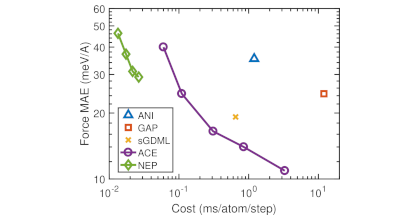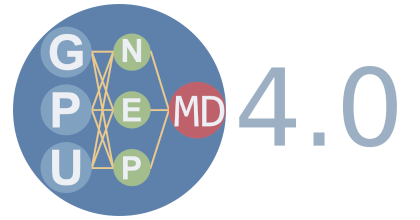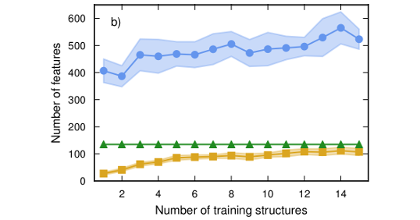Shedding light on liquid chromophores using machine learning
E. Lindgren
Licentiate Thesis
(2024)
url: https://research.chalmers.se/publication/540525
Chromophores are a class of molecules with widespread use in nature. Chlorophyll in plants contain chromophores making photosynthesis possible and the retinal molecules in our eyes have chromophores making the world around us visible. Chromophores are also fundamental for developing a wide range of technologies crucial for a transition to a sustainable society, including organic electronics, solvent-free dyes and systems for storing solar energy in the form of heat. While chromophores have been widely studied experimentally, we still lack a sufficient understanding of their structure and dynamics on the atomic scale. This thesis outlines a simulation framework that links electronic structure calculations via molecular dynamics simulations to experiments, with a spe- cific focus on neutron scattering. The key ingredient of this work are machine-learned force fields, allowing simulations with the accuracy of quantum mechanical calculations for large systems of chromophores, bridging the gap between theoretical simulations and experimental findings.



